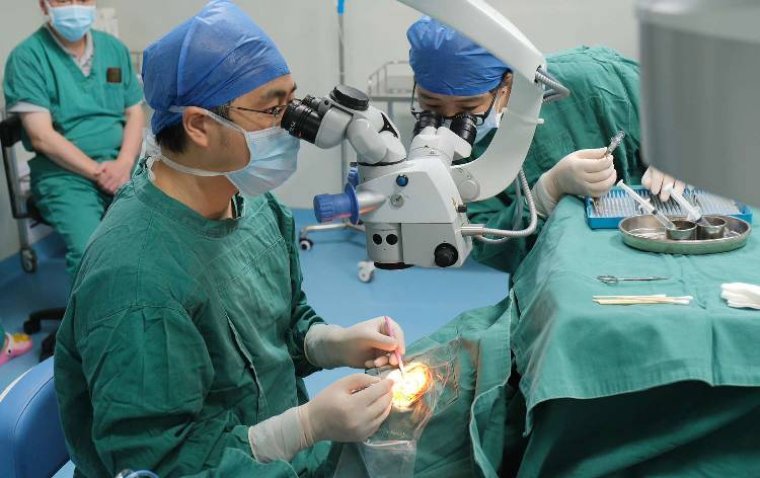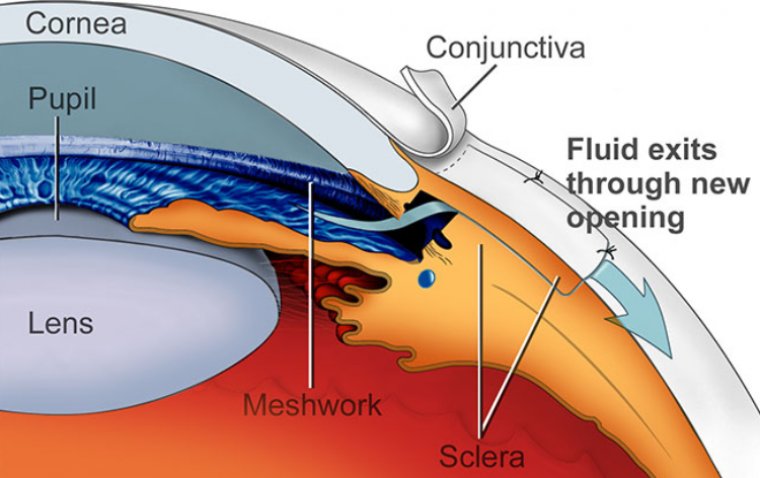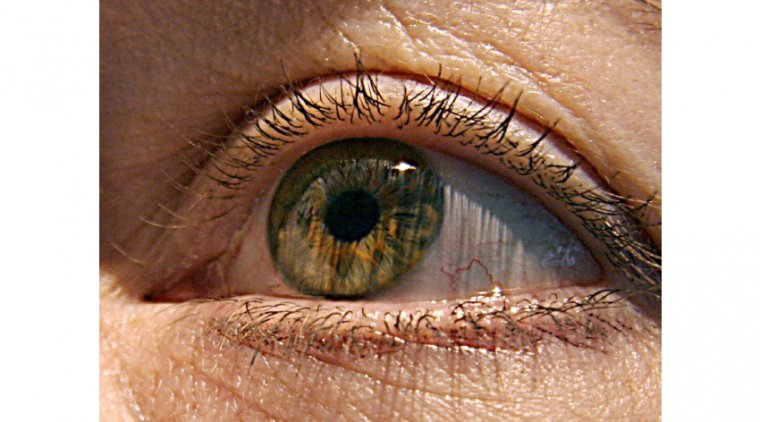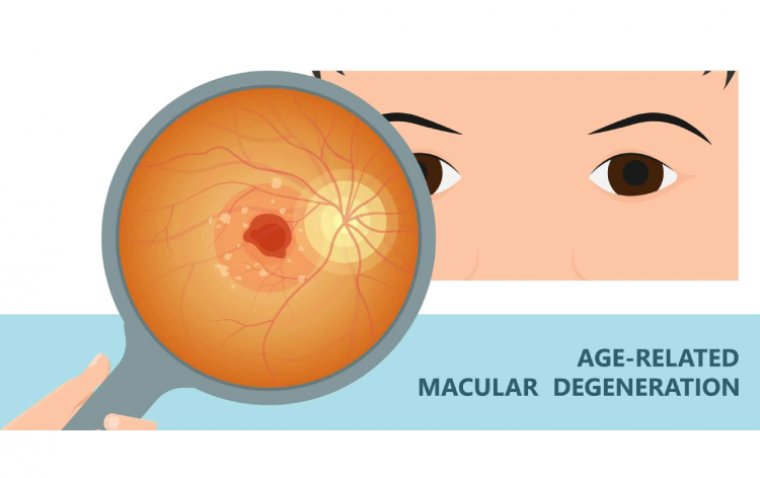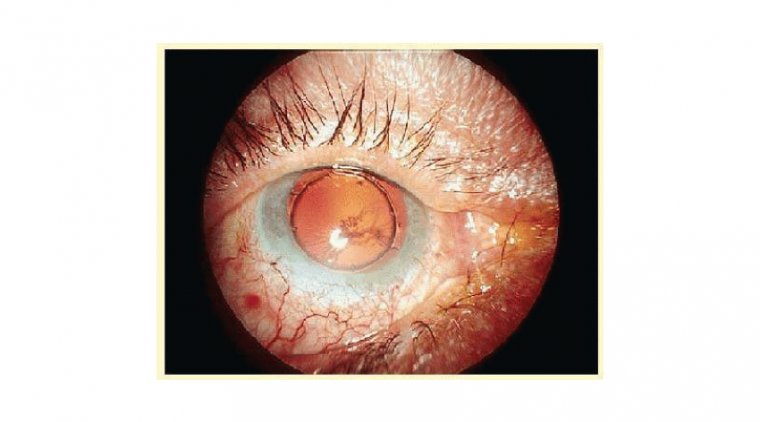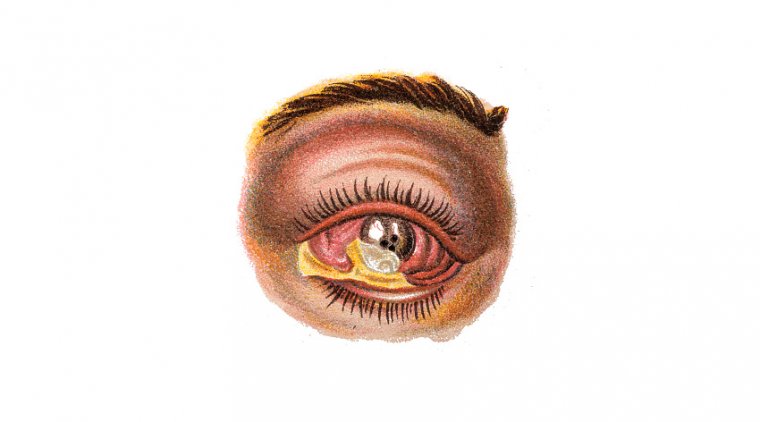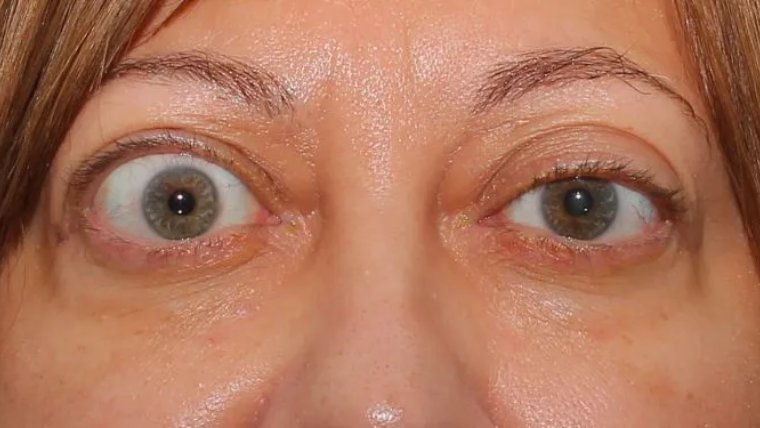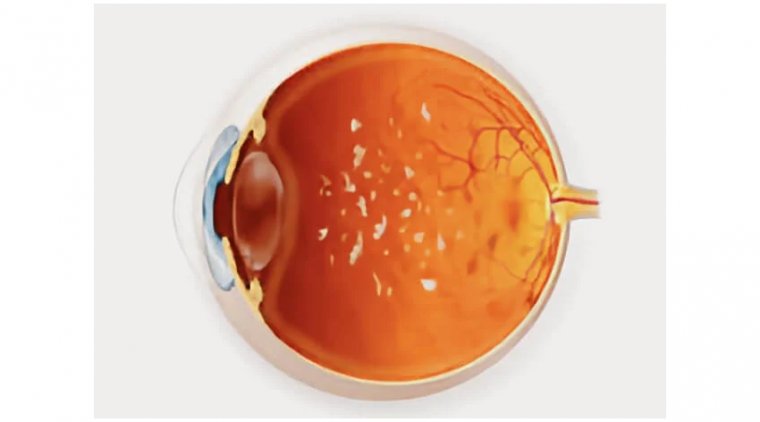
All About Pars Planitis (Intermediate Uveitis)
Pars planitis, also known as intermediate uveitis, is a type of inflammatory eye condition that affects the middle layer of the eye, known as the uvea. It is a relatively rare condition that is most commonly found in young people between the ages of 20 and 40.
What Causes Pars Planitis?
The exact cause of pars planitis is not fully understood, but it is believed to be related to an autoimmune disorder in which the body's immune system mistakenly attacks healthy tissue in the eye. This can lead to inflammation and scarring in the uvea, which is the middle layer of the eye.
Other possible risk factors for developing pars planitis include certain viral infections, such as the human parainfluenza virus and the Epstein-Barr virus. Exposure to certain chemicals, such as solvents, may also increase the risk of developing pars planitis. A family history of the condition may also increase the risk.
Signs and Symptoms of Pars Planitis
The symptoms of pars planitis may vary from person to person and can range from mild to severe. Some common symptoms of pars planitis include:
● Floaters: These are tiny specks or strands that appear in your field of vision. They may be more noticeable when looking at a plain, bright background.
● Blurred vision: This can occur as a result of inflammation or scarring in the eye.
● Sensitivity to light: People with pars planitis may experience discomfort or pain when exposed to bright light.
● Pain in the eye: This may be a result of inflammation or scarring in the eye.
How Is Pars Planitis Treated?
Treatment for pars planitis may vary depending on the severity of the condition and the specific symptoms a person is experiencing.
● Medications: Corticosteroids and immunosuppressants may be used to reduce inflammation and suppress the immune system. These medications may be administered orally, topically (applied directly to the eye), or by injection.
● Surgery: In severe cases, surgery may be necessary to remove scar tissue or floaters from the eye. This may be done using lasers or other surgical instruments.
● Lifestyle changes: Making certain lifestyle changes, such as wearing sunglasses to protect the eyes from bright light and avoiding exposure to dust and other irritants, may help to alleviate some of the symptoms of pars planitis.
It is important to work with an eye doctor to determine the best course of treatment for your specific condition. With proper treatment, most people with pars planitis are able to maintain good vision and a good quality of life.
(1).jpg)
